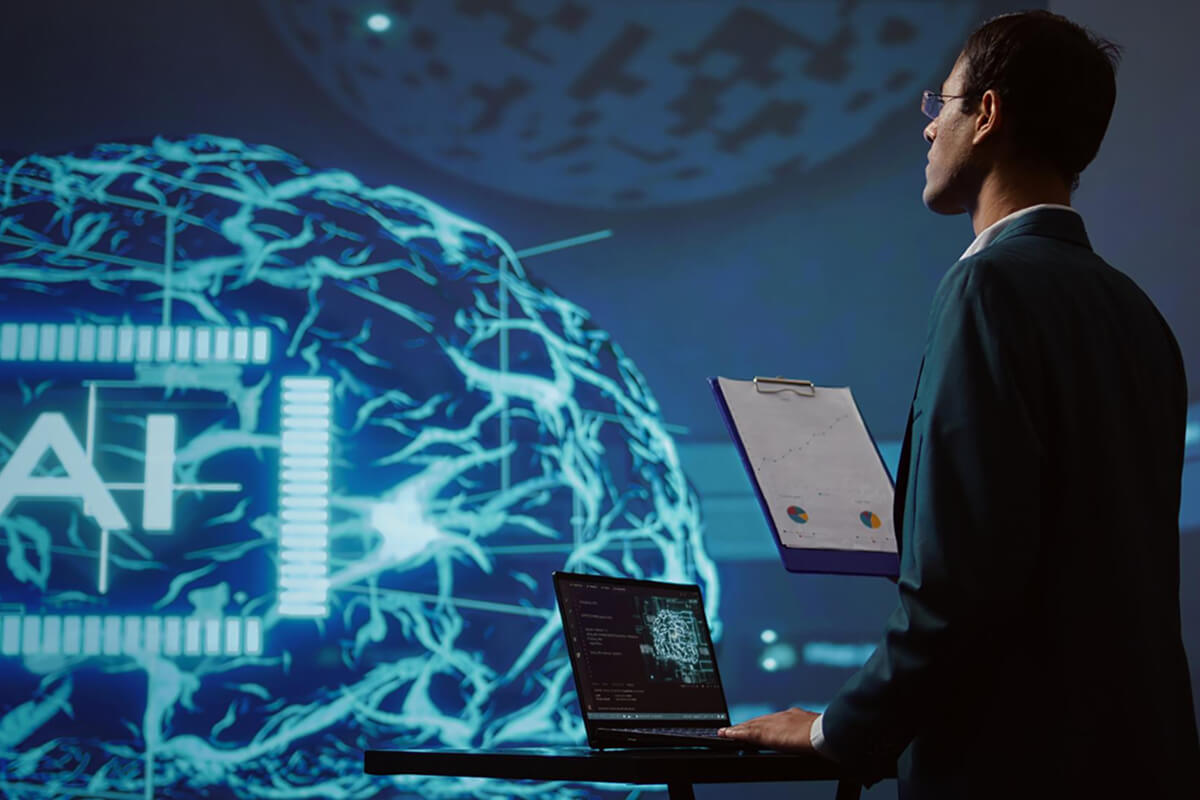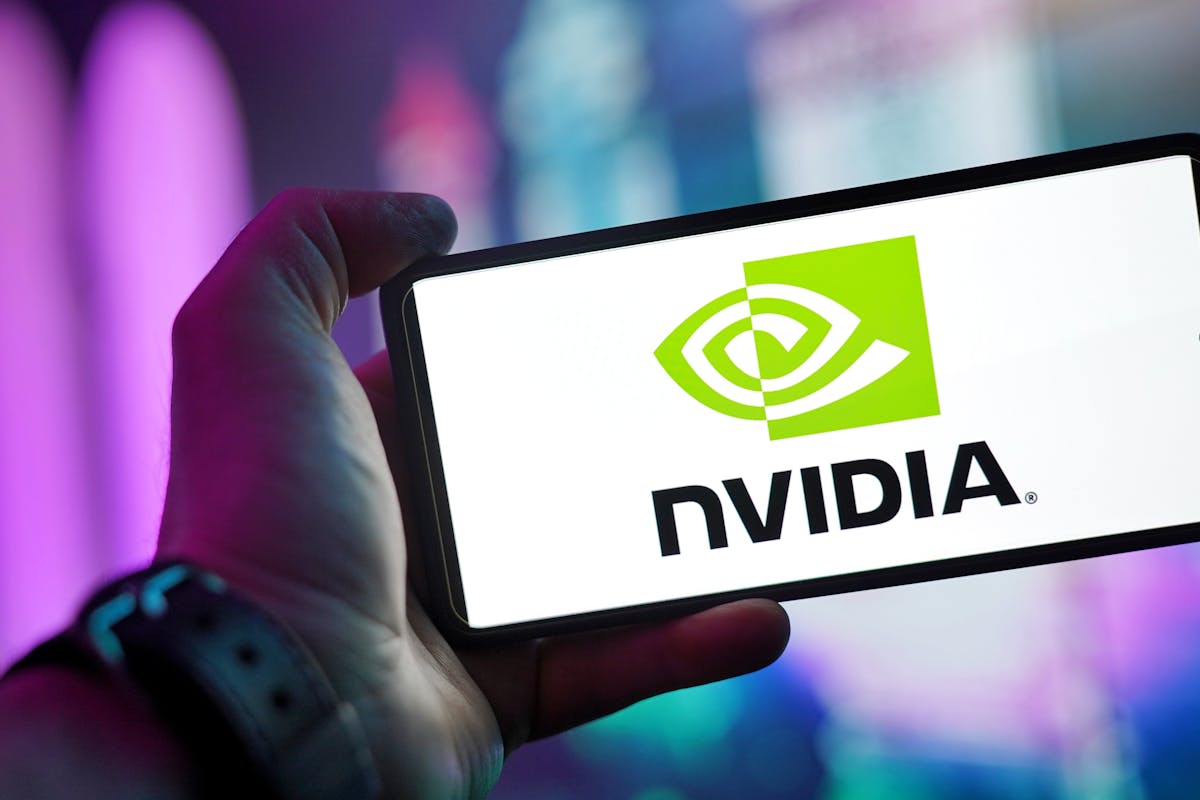Neural Networks – The building blocks of Machine Learning
Continuing our Machine Learning series, please read my previous blog “Deep Learning: The Next Step in Machine Learning” for better understanding.
Neural networks are like the brains of a computer. They learn from data, recognize patterns, and make predictions, just like our brains do. These networks play a crucial role in various fields, from image recognition to language processing.
An Artificial Neural Network has a huge number of interconnected processing elements, also known as Nodes. These nodes are connected with other nodes using connection links. The connection link contains weights, which contain information about the input signal. Each iteration and input, in turn, leads to the updating of these weights. After inputting all the data instances from the training dataset, the final weights of the Neural Network along with its architecture are known as the Trained Neural Network. This process is called Training of Neural Networks.
Basic Concepts of Neural Networks:
Neurons are the basic units of neural networks, just like building blocks. Activation functions decide when neurons should ‘fire,’ adding complexity to the network. To train a neural network, we adjust its settings to make fewer mistakes. Backpropagation and gradient descent are like magic, helping the network learn from its mistakes and improve over time.
Sometimes, neural networks become too good at remembering things, like when we memorize a poem word for word. This can be a problem. Techniques like regularization help keep the network’s memory in check so it doesn’t get too carried away. Think of optimization algorithms like Adam, RMSprop, and SGD as personal trainers for neural networks. They help fine-tune the network’s performance so it can work at its best.
Hyperparameters are like dials on a radio, controlling how the network learns. Techniques like grid search and random search help us find the best settings to make sure the network learns efficiently.
Types of Neural Networks in Machine Learning:
- ANN- ANN is also known as an artificial neural network. It is a feed-forward neural network because the inputs are sent in the forward direction. It can also contain hidden layers which can make the model even denser. They have a fixed length as specified by the programmer. It is used for Textual Data or Tabular Data. A widely used real-life application is Facial Recognition. It is comparatively less powerful than CNN and RNN.
- CNN – Convolutional Neural Networks are mainly used for Image Data. It is used for Computer Vision. Some of the real-life applications are object detection in autonomous vehicles. It contains a combination of convolutional layers and neurons. It is more powerful than both ANN and RNN.
- RNN- RNN It is also known as Recurrent Neural Networks. It is used to process and interpret time series data. In this type of model, the output from a processing node is fed back into nodes in the same or previous layers. The most known types of RNN are LSTM (Long Short Term Memory) Networks.
Working Explained:
An artificial neuron can be thought of as a simple or multiple linear regression model with an activation function at the end. A neuron from layer i will take the output of all the neurons from layer i-1 as inputs, calculate the weighted sum, and add bias to it. After this, it is sent to an activation function, as we saw in the previous diagram.
The first neuron from the first layer is connected to all the inputs from the previous layer. Similarly, the second neuron from the first hidden layer will also be connected to all the inputs from the previous layer, and so on for all the neurons in the first hidden layer.
For neurons in the second hidden layer (outputs of the previously hidden layer), they are considered as inputs, and each of these neurons is connected to previous neurons, likewise. This whole process is called Forward Propagation.

What are Neural Networks Used For?
- Identifying objects, faces, and understanding spoken language in applications like self-driving cars and voice assistants.
- Analyzing and understanding human language, enabling sentiment analysis, chatbots, language translation, and text generation.
- Diagnosing diseases from medical images, predicting patient outcomes, and drug discovery.
- Predicting stock prices, credit risk assessment, fraud detection, and algorithmic trading.
- Personalizing content and recommendations in e-commerce, streaming platforms, and social media.
- Powering robotics and autonomous vehicles by processing sensor data and making real-time decisions.
- Enhancing game AI, generating realistic graphics, and creating immersive virtual environments.
- Monitoring and optimizing manufacturing processes, predictive maintenance, and quality control.
- Analyzing complex datasets, simulating scientific phenomena, and aiding in research across disciplines.








